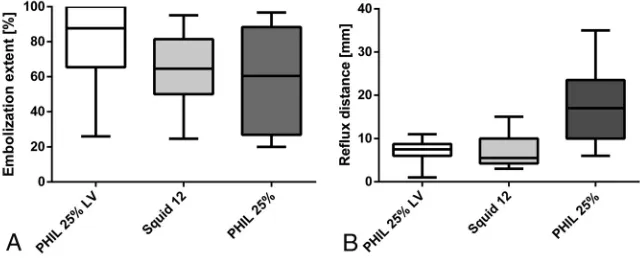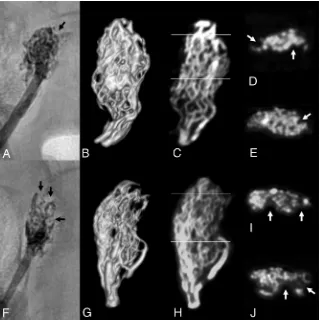Investigation of a New Version of the Liquid Embolic Agent PHIL with Extra Low Viscosity in an Endovascular Embolization Model
Full text
Figure



Related documents
However, the hypothesised di- rect effect of high performance factors on positive deviance (Cameron, 2008; De Waal, 2012) and the hypothesised direct effect of positive deviance
The data clearly shows the organisers impact marginally, structure impact very marginally,. While the faculty and participants relation is clearly established strongly with
By contrast ECHQ illustrates that when space planning starts from the perspective of better supporting business goals, it is possible also to achieve far greater
The Constitutional Affairs Committee, n 4, HC 754-I at para 62, observed that public education and challenging sloppy references to the so-called 'compensation culture' may be
The cell e.s.d.'s are taken into account individually in the estimation of e.s.d.'s in distances, angles and torsion angles; correlations between e.s.d.'s in cell parameters are
Ces 2 moleÂcules sont lieÂes par une liaison hydrogeÁne et chaque moleÂcule est engageÂe dans une seconde liaison H (Table 1). O24 eÂtablit une liaison intramoleÂculaire avec O17
Figure 4. Kaplan-Meier survival curves of the over- all survival. Kaplan-Meier survival curves of the recurrence-free survival... Downregulation of miR-647 suppresses the
When doses were calculated according to the body surface area 39% of the prescriptions were found with wrong doses, of these (57%) contained higher doses and (42%)